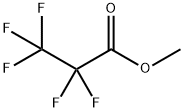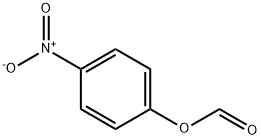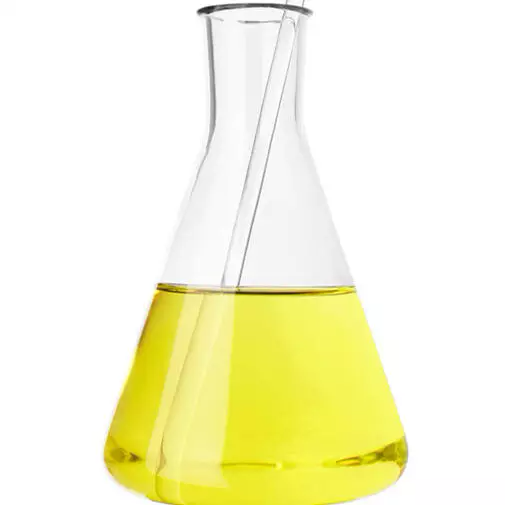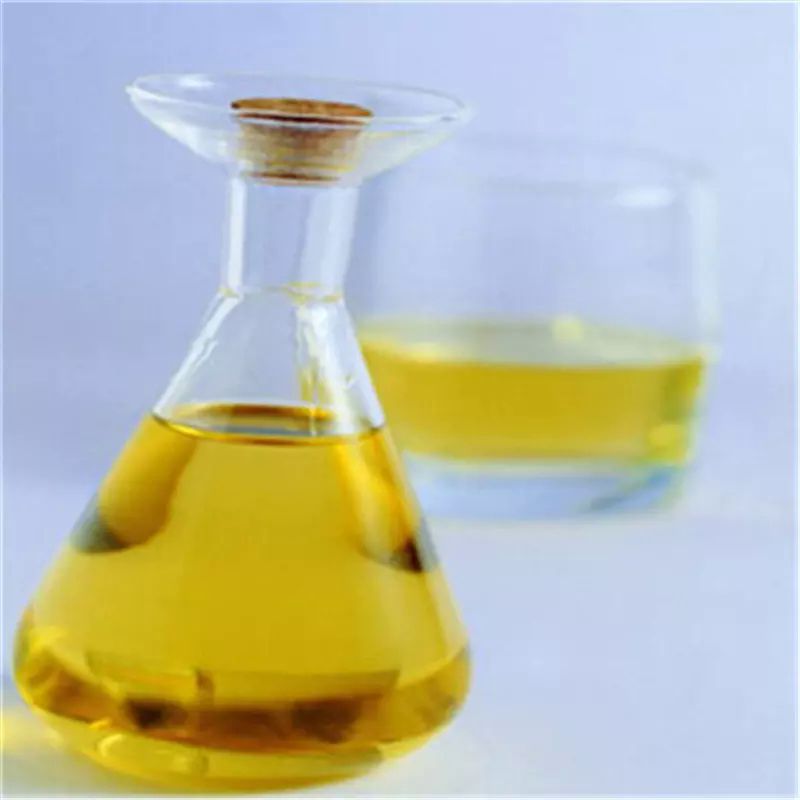BIS(4-NITROPHENYL) CARBONATE
Synonym(s):4-Nitrophenyl carbonate
- CAS NO.:5070-13-3
- Empirical Formula: C13H8N2O7
- Molecular Weight: 304.21
- MDL number: MFCD00007322
- EINECS: 225-775-4
- SAFETY DATA SHEET (SDS)
- Update Date: 2024-11-22 13:59:06

What is BIS(4-NITROPHENYL) CARBONATE?
Chemical properties
white to pale yellow or beige powder
The Uses of BIS(4-NITROPHENYL) CARBONATE
Bis(4-nitrophenyl) carbonate is used as a reagent for preparation of symmetrical and unsymmetrical urea and 4-nitrophenyl esters of N-protected amino acids. It acts as a peptide coupling reagent. It finds application as a reagent for the preparation of carbamate linked cytosines.
Purification Methods
Dissolve the carbonate in CHCl3, wash it with 2N NaOH (3 x) and once with conc HCl, dry (Na2SO4), evaporate and crystallise the residue from toluene (authors say prisms from 15 volumes of *benzene). [Glatthard & Matter Helv Chim Acta 46 795 1963, Beilstein 6 III 820.]
Properties of BIS(4-NITROPHENYL) CARBONATE
| Melting point: | 136-139 °C(lit.) |
| Boiling point: | 475.9±30.0 °C(Predicted) |
| Density | 1.501±0.06 g/cm3(Predicted) |
| storage temp. | Inert atmosphere,Room Temperature |
| solubility | Soluble in chloroform and tetrahydrofuran. |
| form | Liquid |
| color | Clear slightly yellow or greenish to brown |
| Sensitive | Moisture Sensitive |
| BRN | 1892897 |
| CAS DataBase Reference | 5070-13-3(CAS DataBase Reference) |
Safety information for BIS(4-NITROPHENYL) CARBONATE
| Signal word | Warning |
| Pictogram(s) |
 Exclamation Mark Irritant GHS07 |
| GHS Hazard Statements |
H315:Skin corrosion/irritation H319:Serious eye damage/eye irritation |
| Precautionary Statement Codes |
P264:Wash hands thoroughly after handling. P264:Wash skin thouroughly after handling. P280:Wear protective gloves/protective clothing/eye protection/face protection. P302+P352:IF ON SKIN: wash with plenty of soap and water. P305+P351+P338:IF IN EYES: Rinse cautiously with water for several minutes. Remove contact lenses, if present and easy to do. Continuerinsing. P332+P313:IF SKIN irritation occurs: Get medical advice/attention. P337+P313:IF eye irritation persists: Get medical advice/attention. |
Computed Descriptors for BIS(4-NITROPHENYL) CARBONATE
| InChIKey | ACBQROXDOHKANW-UHFFFAOYSA-N |
Abamectin manufacturer
Vepan Pharmatech Pvt Ltd
1Y
Phone:+91-9966094448
Whatsapp: +91 9966094448
product: Bis(4-nitrophenyl)carbonate 98%
New Products
4-AMINO-TETRAHYDRO-PYRAN-4-CARBOXYLIC ACID HCL 4-(Dimethylamino)tetrahydro-2H-pyran-4-carbonitrile 4-Aminotetrahydropyran-4-carbonitrile Hydrochloride (R)-3-Aminobutanenitrile Hydrochloride 3-((Dimethylamino)methyl)-5-methylhexan-2-one oxalate 1,4-Dioxa-8-azaspiro[4.5]decane 5-Bromo-2-nitropyridine Nimesulide BP Aceclofenac IP/BP/EP Diclofenac Sodium IP/BP/EP/USP Mefenamic Acid IP/BP/EP/USP Ornidazole IP Diclofenac Potassium THOMAIND PAPER PH 2.0 TO 4.5 1 BOX BUFFER CAPSULE PH 9.2 - 10 CAP SODIUM CHLORIDE 0.1N CVS ALLOXAN MONOHYDRATE 98% PLATINUM 0.5% ON 3 MM ALUMINA PELLETS (TYPE 73) LITHIUM AAS SOLUTION 2-Bromo-1-(bromomethyl)-3-chloro-5-nitrobenzene 2-Bromo-3-nitroaniline N-(3-Hydroxypropyl)-N-methylacetamide 3-Bromo-6-chloropyridazine 4-ethyl-3-nitrobenzoic acidRelated products of tetrahydrofuran








You may like
-
 Bis(4-nitrophenyl)carbonate 98%View Details
Bis(4-nitrophenyl)carbonate 98%View Details -
 5070-13-3 98%View Details
5070-13-3 98%View Details
5070-13-3 -
 Bis(4-nitrophenyl) Carbonate CAS 5070-13-3View Details
Bis(4-nitrophenyl) Carbonate CAS 5070-13-3View Details
5070-13-3 -
 Bis(4-nitrophenyl) carbonate CAS 5070-13-3View Details
Bis(4-nitrophenyl) carbonate CAS 5070-13-3View Details
5070-13-3 -
 Bis(4-nitrophenyl) carbonate 98% CAS 5070-13-3View Details
Bis(4-nitrophenyl) carbonate 98% CAS 5070-13-3View Details
5070-13-3 -
 Bis(4-nitrophenyl) carbonate CAS 5070-13-3View Details
Bis(4-nitrophenyl) carbonate CAS 5070-13-3View Details
5070-13-3 -
 2-(3-(tert-butyl)phenoxy)-2-methylpropanoic acid 1307449-08-6 98%View Details
2-(3-(tert-butyl)phenoxy)-2-methylpropanoic acid 1307449-08-6 98%View Details
1307449-08-6 -
 Lithium ClavulanateView Details
Lithium ClavulanateView Details
61177-44-4
Statement: All products displayed on this website are only used for non medical purposes such as industrial applications or scientific research, and cannot be used for clinical diagnosis or treatment of humans or animals. They are not medicinal or edible.